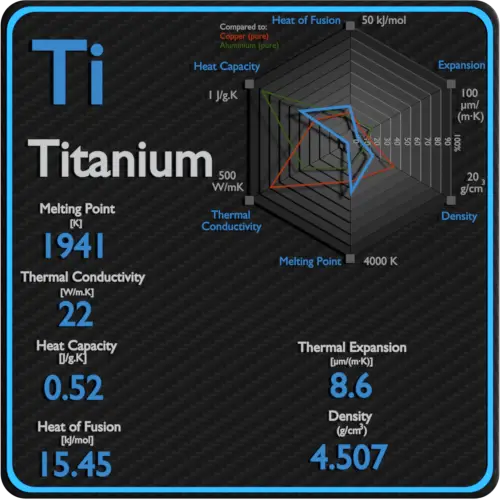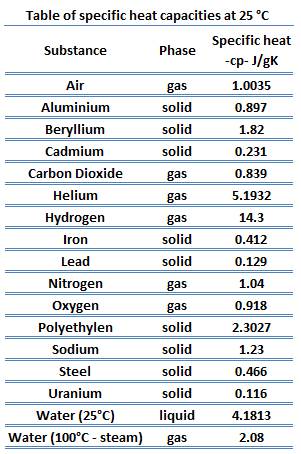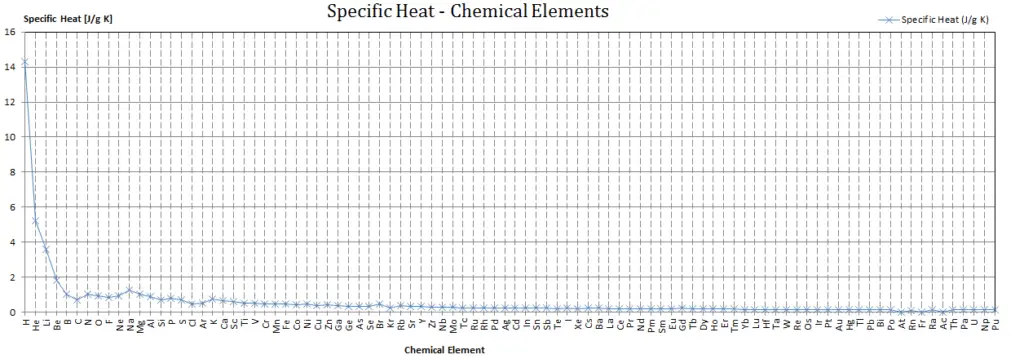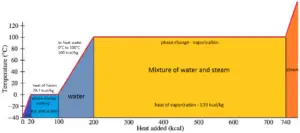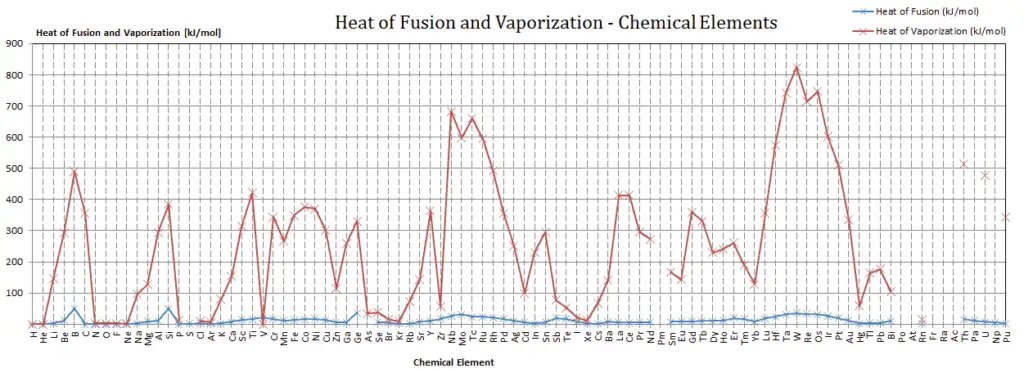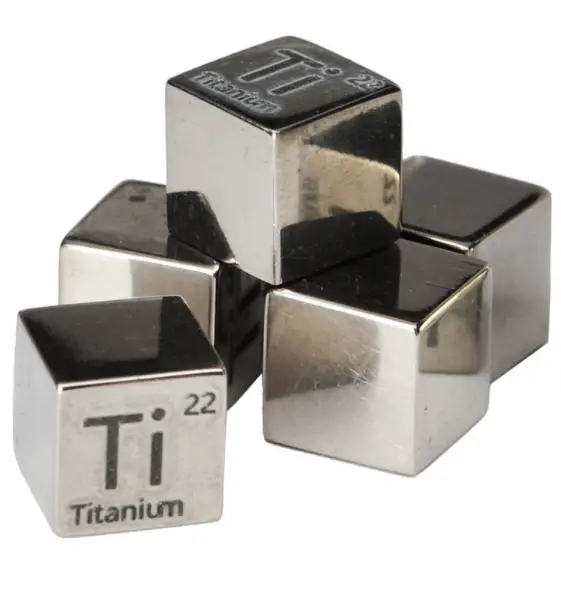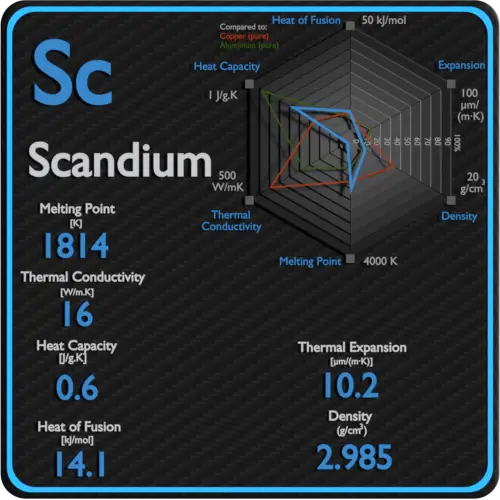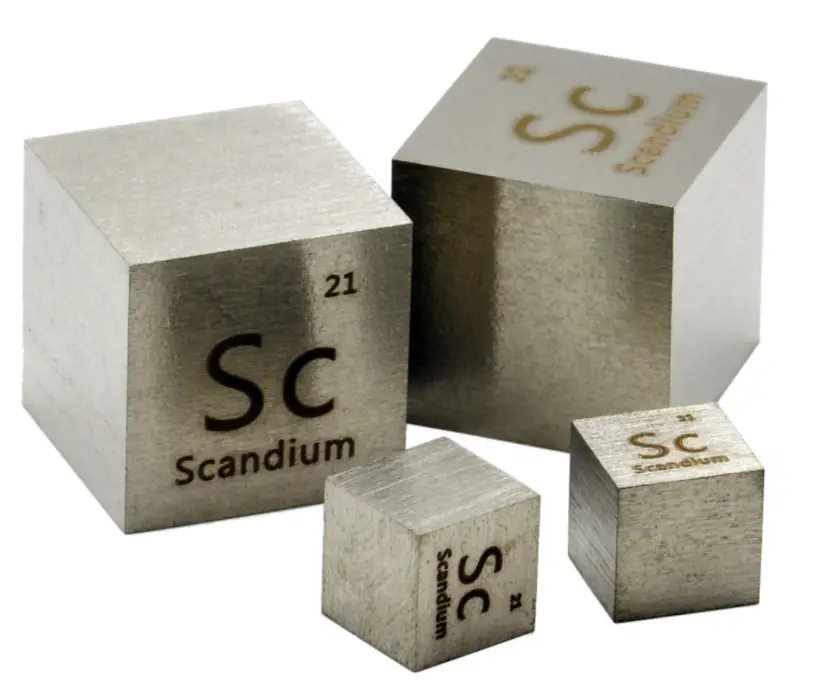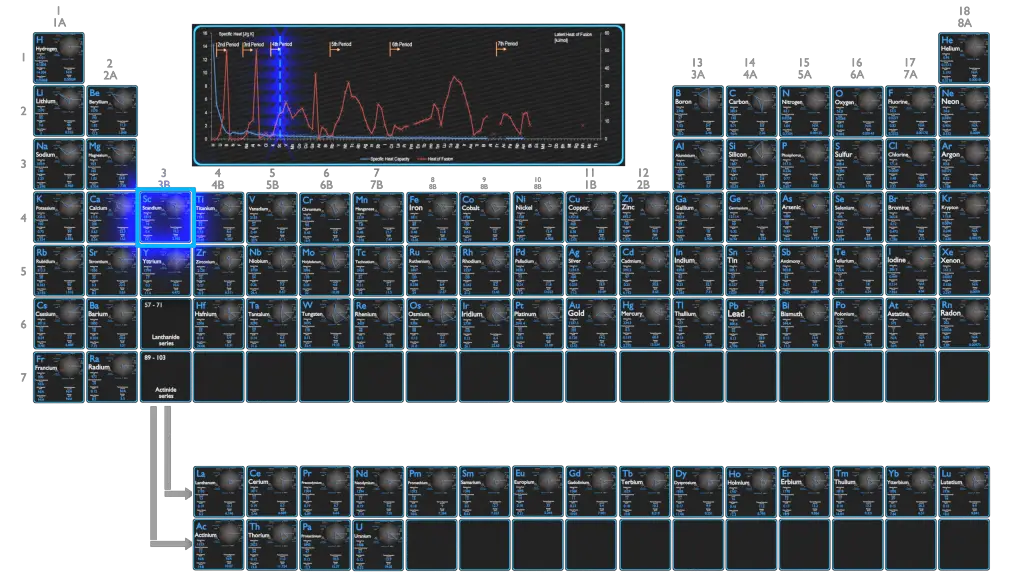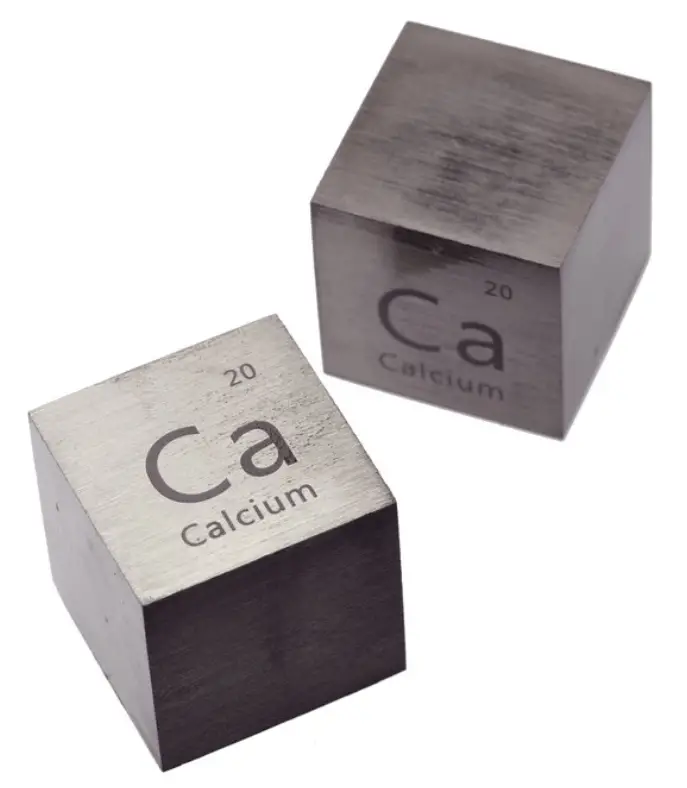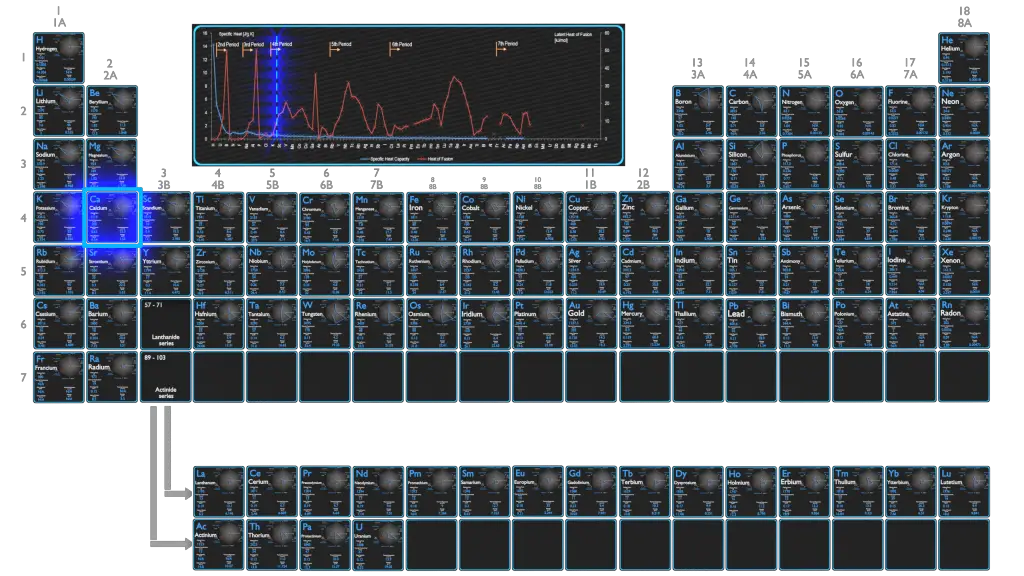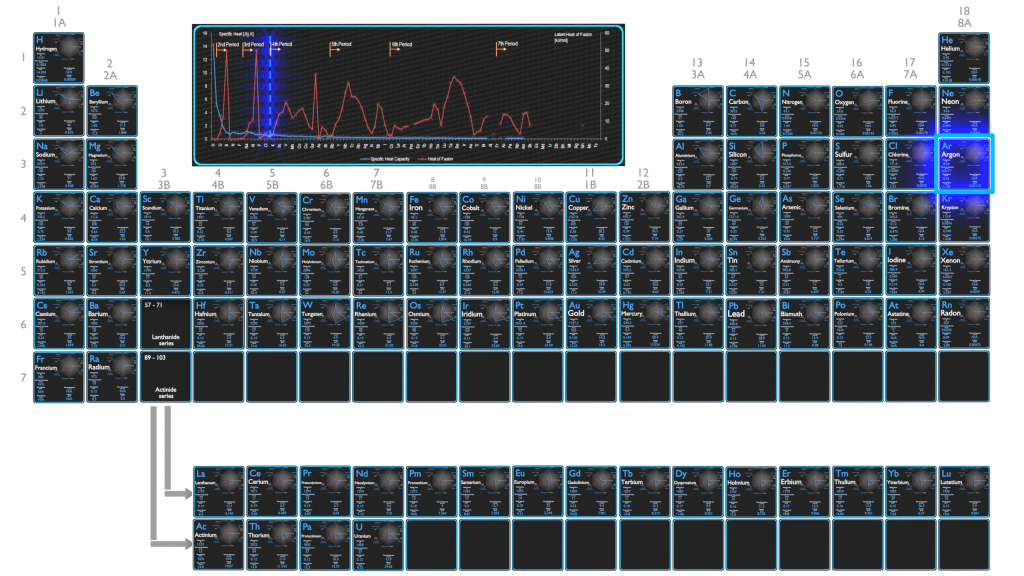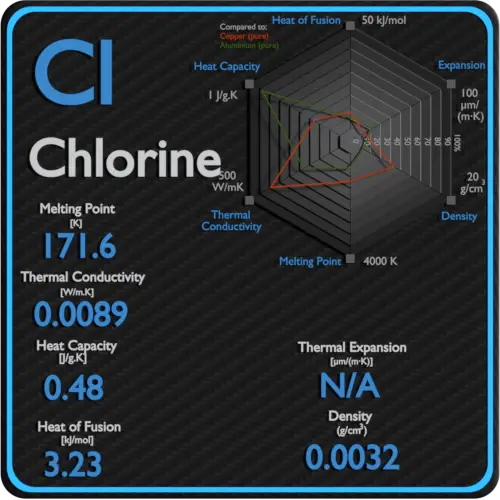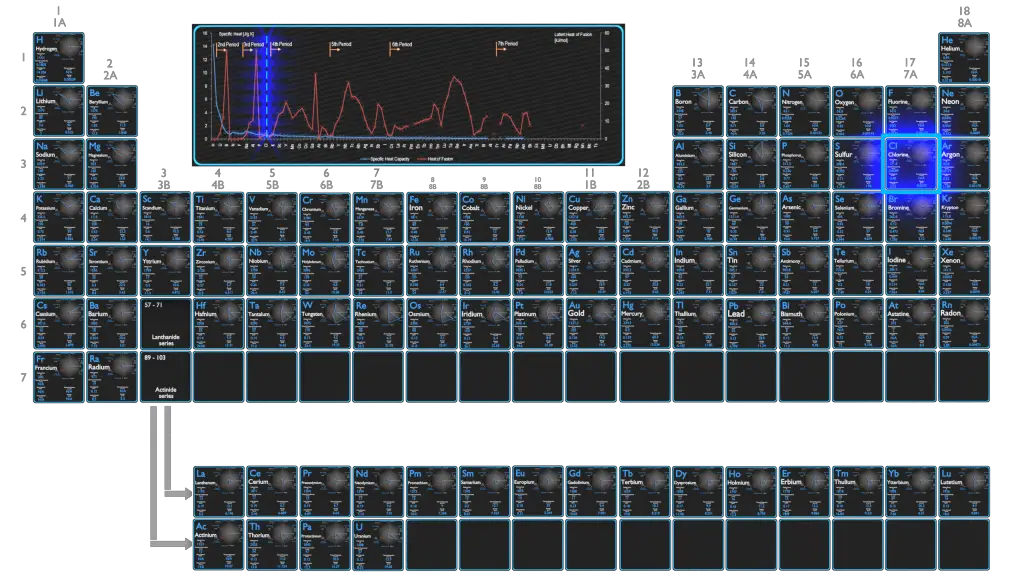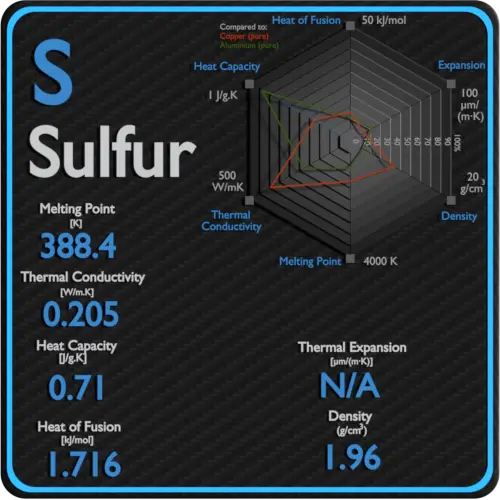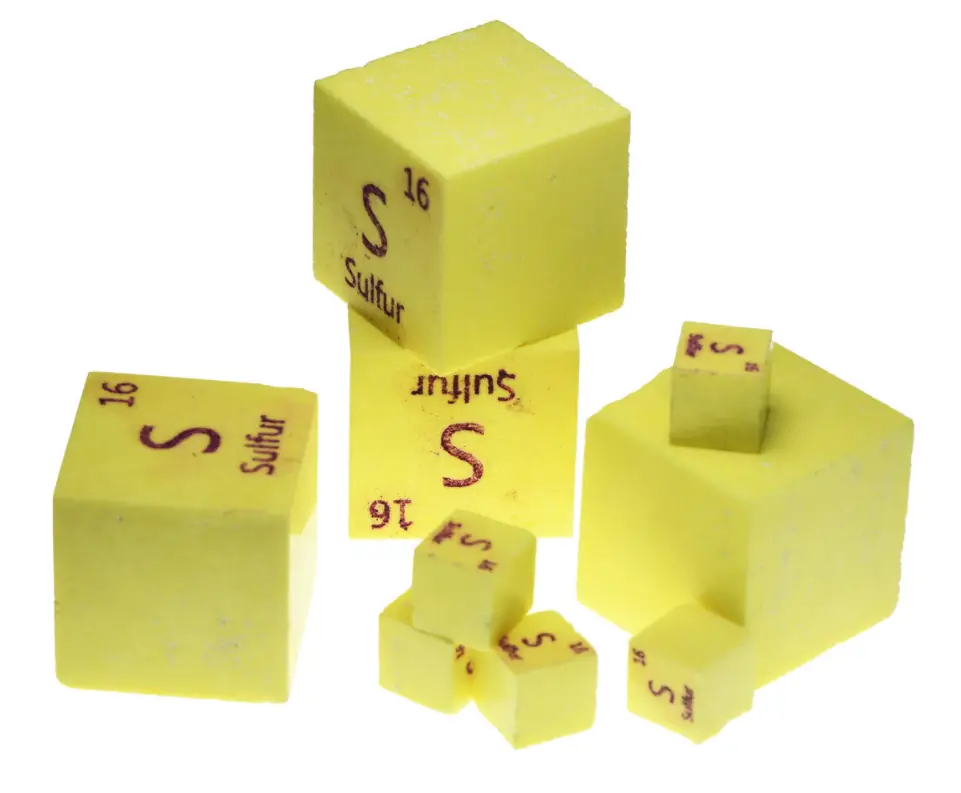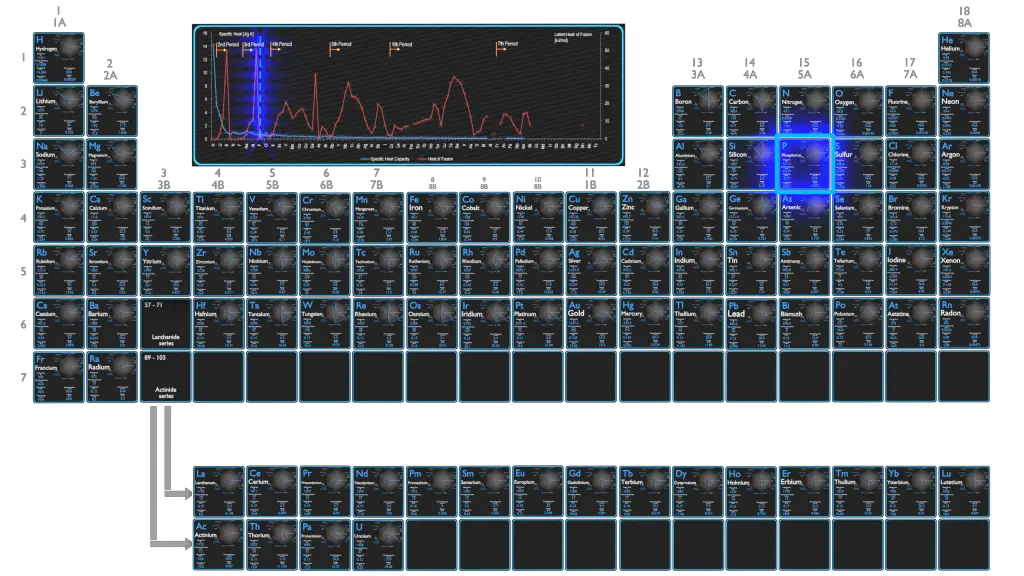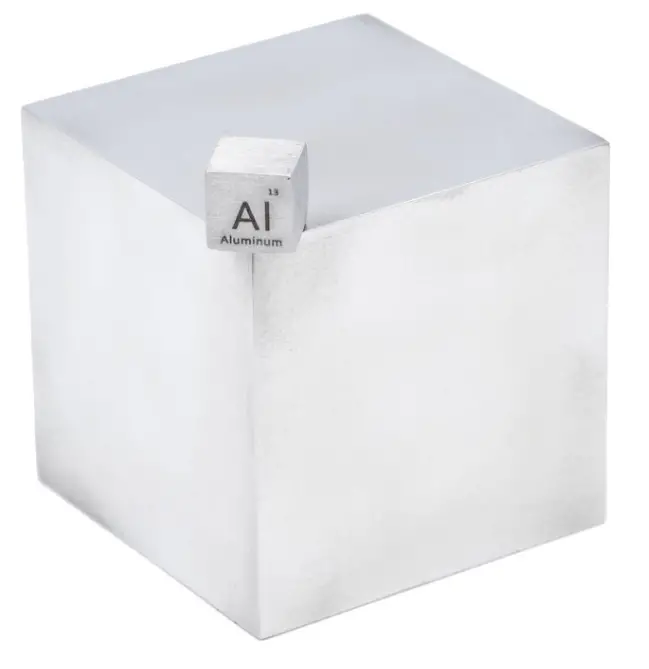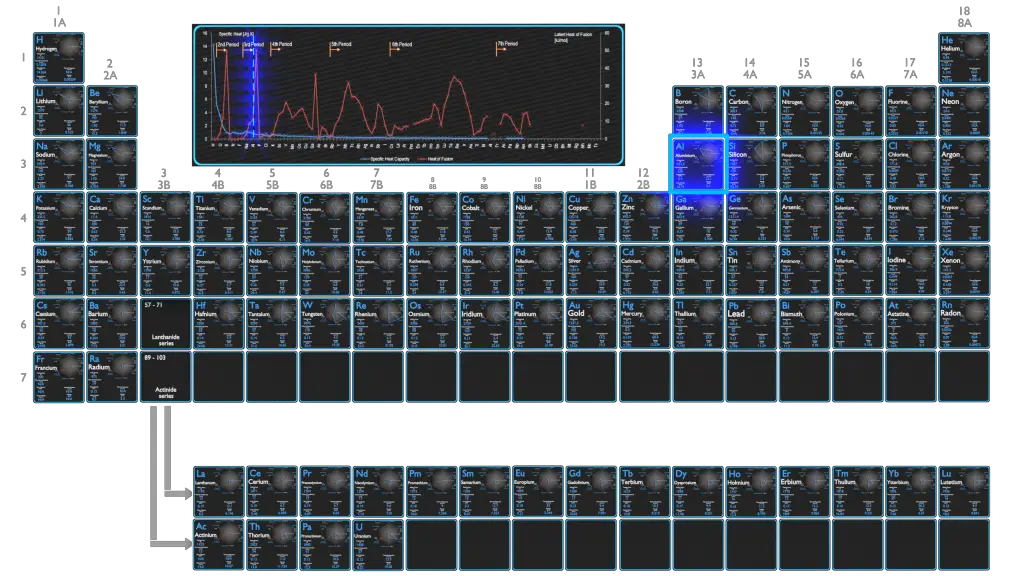About Titanium
Titanium is a lustrous transition metal with a silver color, low density, and high strength. Titanium is resistant to corrosion in sea water, aqua regia, and chlorine. Titanium can be used in surface condensers. These condensers use tubes that are usually made of stainless steel, copper alloys, or titanium depending on several selection criteria (such as thermal conductivity or corrosion resistance). Titanium condenser tubes are usually the best technical choice, however titanium is very expensive material and the use of titanium condenser tubes is associated with very high initial costs.
Titanium – Specific Heat, Latent Heat of Fusion, Latent Heat of Vaporization
Specific heat of Titanium is 0.52 J/g K.
Heat capacity is an extensive property of matter, meaning it is proportional to the size of the system. Heat capacity C has the unit of energy per degree or energy per kelvin. When expressing the same phenomenon as an intensive property, the heat capacity is divided by the amount of substance, mass, or volume, thus the quantity is independent of the size or extent of the sample.
Latent Heat of Fusion of Titanium is 15.45 kJ/mol.
Latent Heat of Vaporization of Titanium is 421 kJ/mol.
Latent heat is the amount of heat added to or removed from a substance to produce a change in phase. This energy breaks down the intermolecular attractive forces, and also must provide the energy necessary to expand the gas (the pΔV work). When latent heat is added, no temperature change occurs. The enthalpy of vaporization is a function of the pressure at which that transformation takes place.
See also: Mechanical Properties of Titanium
Summary
| Element | Titanium |
| Specific Heat | 0.52 J/g K |
| Heat of Fusion | 15.45 kJ/mol |
| Heat of Vaporization | 421 kJ/mol |
| Density | 4.507 g/cm3 |
Source: www.luciteria.com
